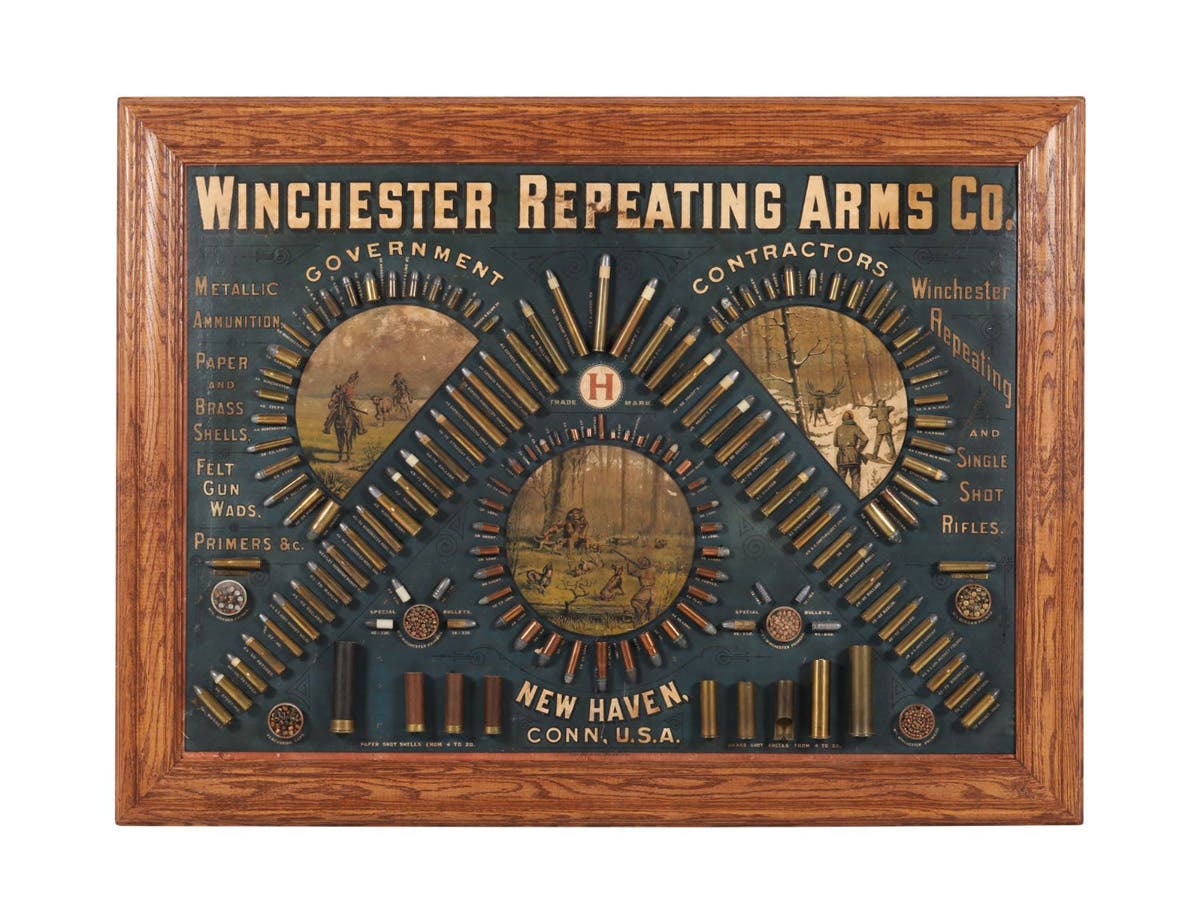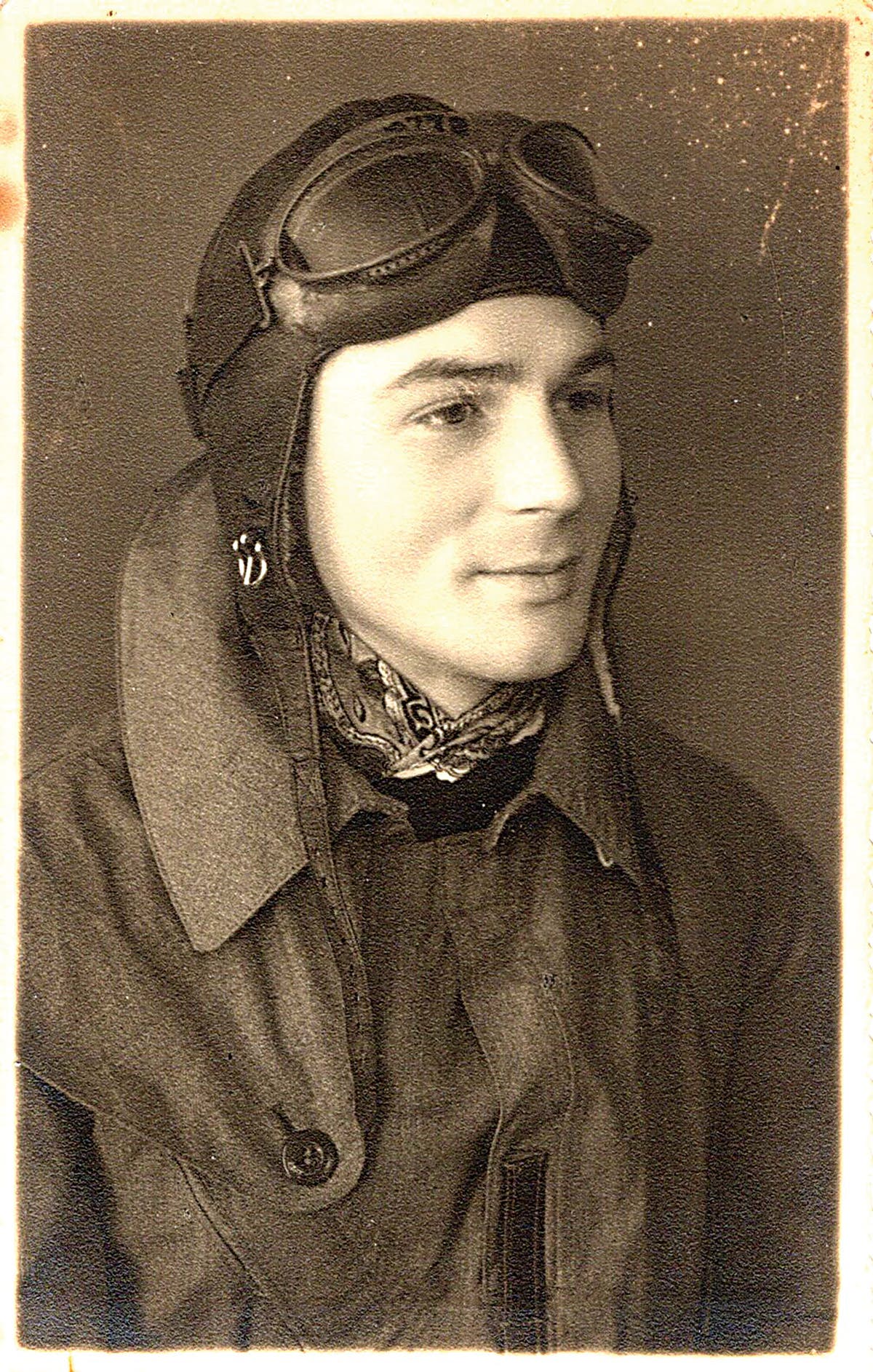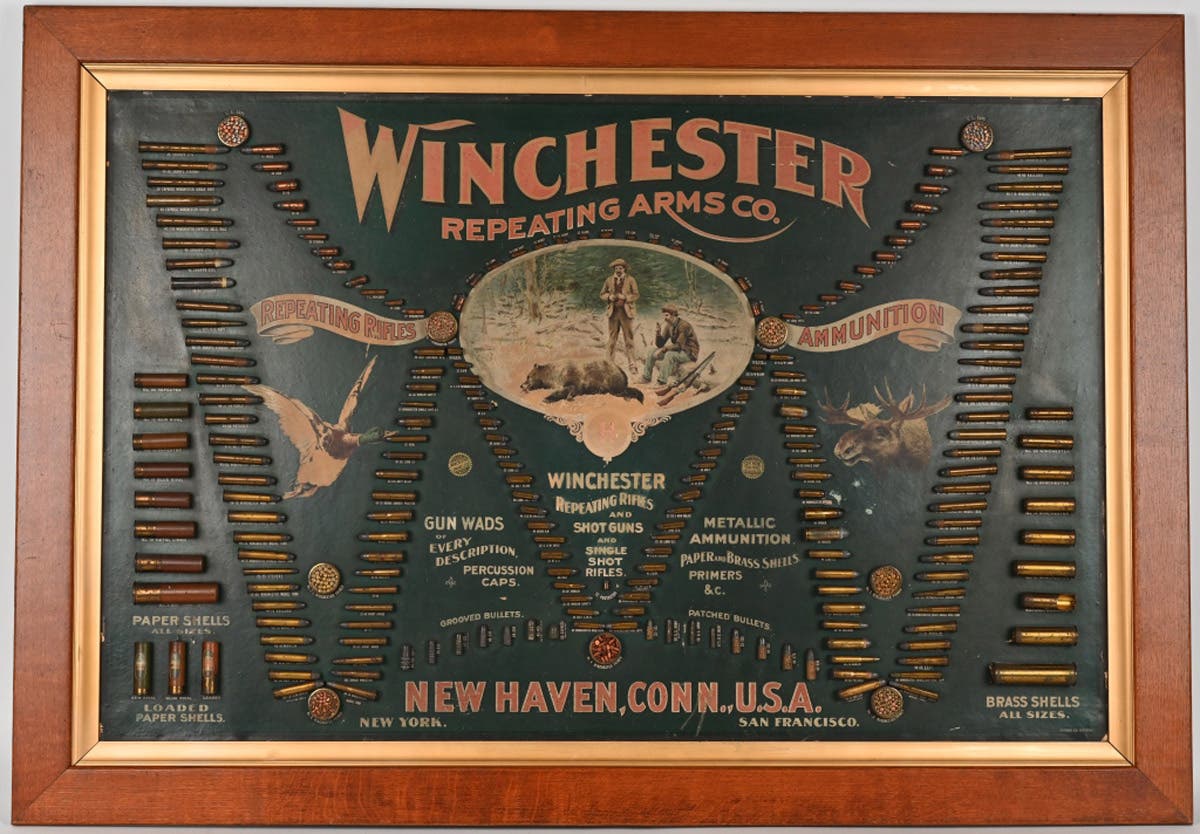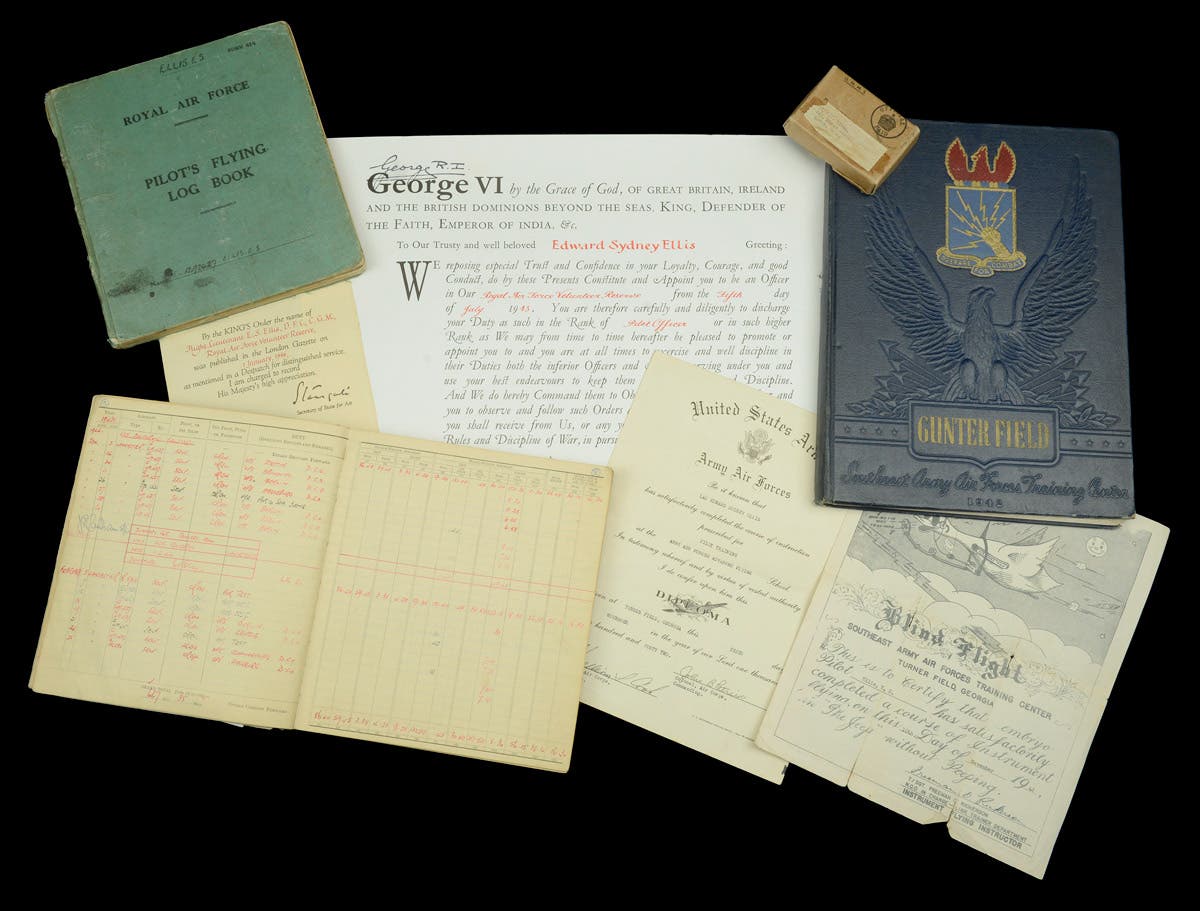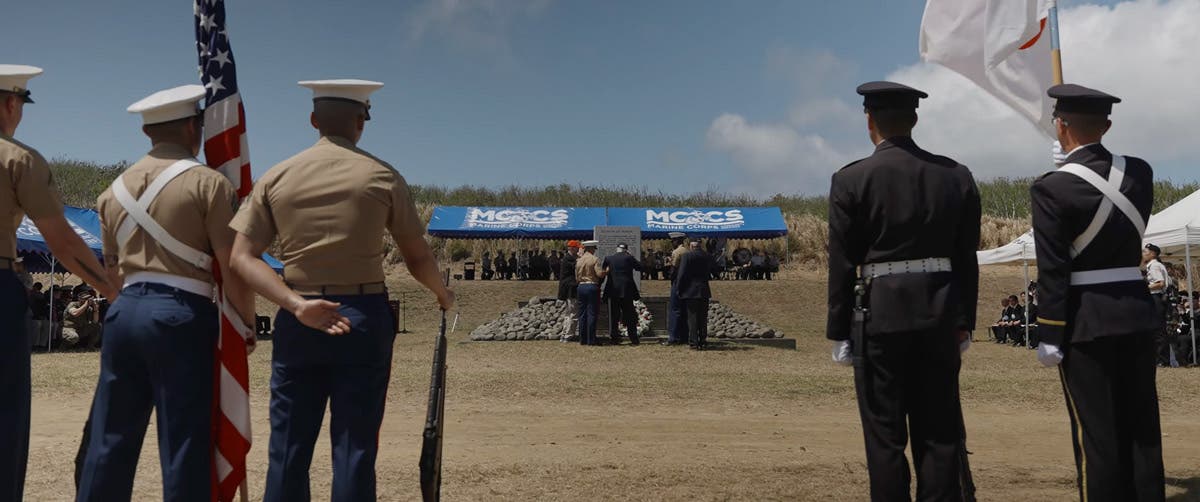Pursuit of the Prussian prize
A look at the medal that commemorated the Franco-Prussian War of 1870-71
Before 1871, the country of Germany was made up of a collection of independent states, including Bavaria, Saxony and Hanover. In total, there were 43 such states, styled as Duchies, Electorates, Principalities and even Kingdoms, each with its own army, the most powerful of which — and the most militaristic — being Prussia.
Indeed, so powerful was the Prussian state that on its own in 1866 it fought and won a decisive war against the entire country of Austria, which it defeated in only seven weeks. Four years later, Prussia was at war again. This time it against France, considered at the time to be one of the most powerful armies in Europe. France, under Emperor Napoleon III, had become concerned with the growing strength of Prussia and mobilized the army on July 15, 1870. Three days later France declared war against Prussia, and on Aug. 2 crossed the border.
Prussia, under Kaiser Wilhelm I, responded to France’s actions and mobilized its army. To many military minds, victory looked like a forgone conclusion for France, since it was almost twice the size of Prussia and had more manpower for its military. However, almost from the start, things went badly wrong for France on the battlefield. Over the next six months the French army stumbled through one defeat after another. Napoleon III was taken prisoner on Sept. 2, after the Battle of Sedan, but the war dragged on for another four months before culminating with the capital city of Paris being surrounded and besieged.
Humiliated, France surrendered on Jan. 28, 1871 bringing the war to an end.
Only four months after the end of the war, on May 20, 1871, Prussian Kaiser Wilhelm I instituted a medal for the soldiers who had delivered another victory to a grateful state. Known as the Kriegsdenkmunze fur die Feldzuge 1870-71 (War Commemorative Medal 1870-71) it was cast in bronze, which came from a French cannon captured in battle. This fact was substantiated by the motto appearing in upper case lettering, reading: ‘AUS EROBERTEM GESCHUETZ’ (FROM CONQUERED CANNON)
It was not the first time a medal had been produced in such a way. The British Victoria Cross, instituted in 1856, was cast from the cascabel of a Russian cannon captured during the Crimean War. Not all versions of the Prussian medal contained this motto, such as the version struck in steel for awarding to non-combatant civil servants who had participated in the war in an administrative role and medical staff.
The medal is a circular disc measuring 33mm in diameter, making it much smaller than many campaign medals. On the upper edge is a simple attachment ring through which passes the ribbon ring. The ribbon itself is the national colors of a united Germany, with central vertical red stripe bordered on either side by a stripe in black, followed by white stripes and ending at the edge either side with black stripes.
In the center of the obverse there is the Royal cypher, a Gothic-style ‘W’ for Wilhelm I. It is surmounted by a crown and below is the inscription ‘Dem siegreichen herre’ (To the Victorious Army). This is framed by a circle which is set in slightly from the edge to form a margin around the circumference of the medal. Within this margin appears the inscription ‘Gott war mit uns, ihr sei dei ehre’ (God was with us, to Him be the glory’. On the non-combatant version of the medal in steel, the center inscription reads ‘Fur pflichttreue in krieg’ (For devotion to duty in the war).
The design on the reverse consists of a cross pattée, also known as a tatzenkreuz, overlaying a sunburst, the rays of which radiate out equally from between the junctions of the four arms of the cross. In the centre of the cross the date 1870 appears over 1871 and is surrounded by a garland of laurels. No wording appears on this side.
The medal is un-named to the recipient, which means an individual example to a recipient cannot be identified. The identical medal was issued to officers and enlisted men alike, including officers such as Paul von Hindenburg, who would become the Chancellor of Germany. The cut-off date to qualify for the medal, including the non-combatant version, was March 2, 1871. It was also awarded to the 230-man crew, officers and ratings alike, of the SMS Augusta, a French-built steam and sail-powered corvette of over 2,200 tons. The vessel was deployed as a commerce raider, but was delayed by a series of unfortunate incidents which prevented her from sailing until December 1870. Armed with eight 24-pounder and six 12-pounder guns, she operated mainly along the French Atlantic coast, around the Gironde estuary and Bordeaux, until January 1871, during which time she intercepted and captured three French ships and sank the SS Mars.
On Aug. 18, 1895, 25 years to the day when Prussian forces defeated the French at the Battle of Gravelotte-St Privat, a series of commemorative clasps or bars were authorized to be worn on the ribbon of the medal. These devices measured 6mm in height and were between 32mm and 39mm in width, depending on the length of the place name of the battle, with Worth being short and Colombey-Nouilly being longer. Each bore the name of an engagement where a man had served with his regiment, such as Belfort, Metz, Sedan and Paris. In total, there were 25 such clasps, including, Orleans and Mars-La-Tour, produced in gilt bronze. They could only be worn on the combatant’s version of the medal. The recipient of the medal was entitled to wear the clasps, but only those battles in which he had fought as a front line soldier.
Another 25th anniversary medal appeared in 1895 with the date 2 September 1895, which marked 25 years to the day when Napoleon III was taken captive after the Battle of Sedan. Made in silver and measuring 33mm in diameter the obverse carries on the upper edge the legend ‘MIT GOTT FUR KAISER KOENIG UND VATERLAND’ (With God for Kaiser (Emperor)King and Fatherland). Along the lower edge the legend ‘DURCH KAMPF ZUM SIEG’ (By Fight to Victory). In the centre is a shield on which appears the wording ‘EINIGKEIT MACHT STARK’ (Unity Makes Strong). It lies over a pile of flags and pennants, some being topped with garland wreaths. To the left is a garland of oak leaves while to the right is a garland of laurels.
On the reverse around the circumference appears the Wording ‘ZUR ERINNERUNG AN DEN FELDZUG 1870-71’ (To Remember the Campaign 1870-71). In the centre are the words ‘SEINEN TAPFEREN KRIEGEN GEWIDMET VON DEM FLECKEN WEENER 2 Sept. 1895’ (His Brave Warriors Dedicated from Weenen) It would appear to be a commemorative medal by Weenen, a town in Lower Saxony. Whilst unrelated to the Prussian medal itself, it is something which could be added to a display by collectors interested in the Franco-Prussian War and the unification of Germany.
The Prussian army mobilized almost 1.5 million men for the war, including regular and reservist troops and Landwehr (Militia). Some 44,700 were killed, almost 90,000 were wounded and more than 10,000 were taken prisoner or reported missing. Each man, depending on his role, was eligible for a version of the medal, including Otto von Bismarck, who would become the first chancellor of a united Germany. Looking at the strength of the deployed army, it is unusual perhaps but far from being rare. Examples crop up at militaria fairs, and depending on the version and the quality, prices vary from $30 for a reasonable example without a bar to $50 and up for a good version with one or more bars. The non-combatant version in steel is also in this price range. In terms of interest, either version or both medals together as individual items would form an interesting contribution to a collection because of the significance in marking the turning point in European history which led to the foundation of a unified Germany.




